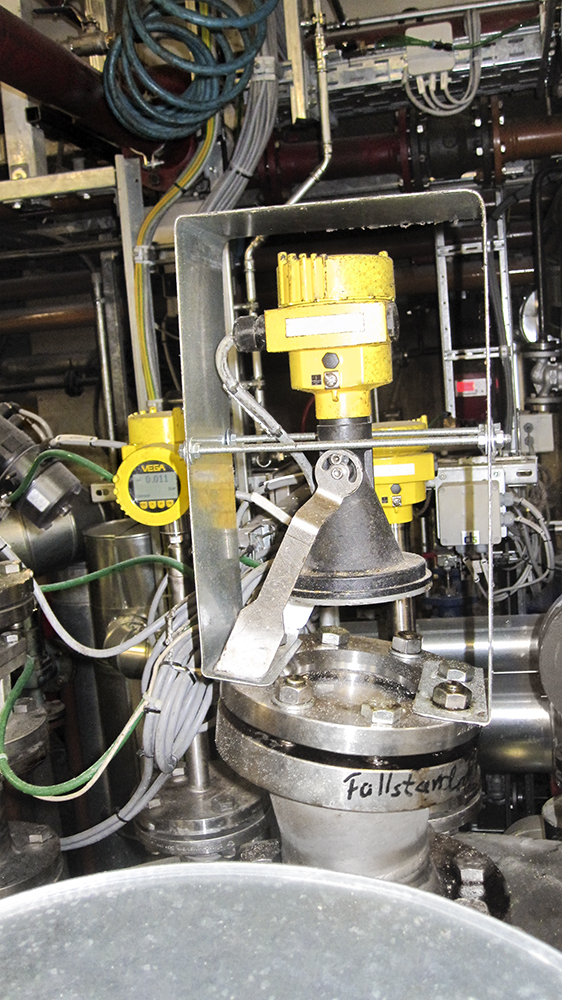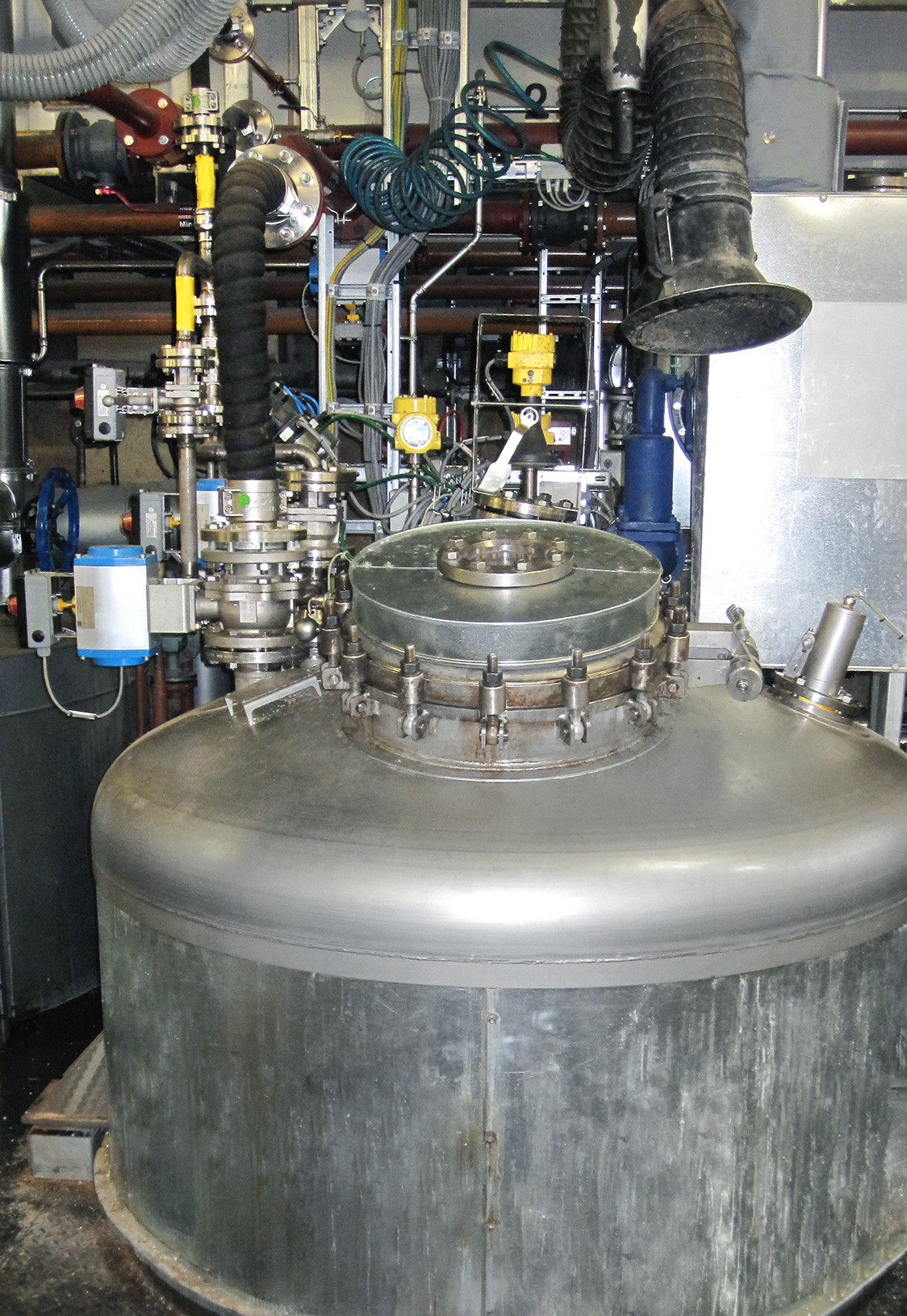
VEGA has been a reliable partner to Zeller+Gmelin for 15 years, always on hand to answer questions concerning pressure and level measurement. Nearly 1,000 sensors are used at Zeller + Gmelin. Almost all of them are visible via VEGA Inventory System, a web-based software for data acquisition and visualisation of level data . This not only makes inventory management possible, these data can also be further processed and used in ERP systems. Zeller+Gmelin also imports the data directly into the SAP system. The data is transmitted directly from the sensor to the cloud, where they are processed by the supplier, who, for example, initiates the delivery of a product.
But back to production: In autoclave 3, particularly adverse process conditions are present: high temperatures of up to 270° C, elevated pressure up to 5.2 bar, and the presence of strong acids or alkalis, all of which brings almost any measuring instrument to its limits. In this part of the process, soap is produced. Oil with organic acids and alkalis are filled into the autoclave. There the mixture is stirred and heated under pressure until saponification occurs. Due to these and other additional factors, measurement is anything but simple. The cooking process generates turbulent surfaces, the agitator also causes interfering signals and buildup constantly forms on internals as well as the inside walls of the vessel. As if that weren’t enough, the already difficult measuring situation is compounded by the fact that, due to the internal conditions, an autoclave cannot be opened during an ongoing process. But VEGA had a convincing proposal for this as well: simply measure the level in this vessel through an inspection glass.
